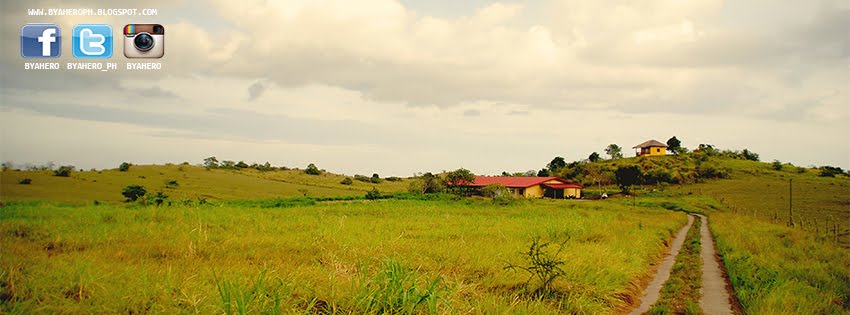9th Gayon Bicol Festival of Festivals sa Magayon
April 29, 2011
Legazpi City, Albay
Tabak Festival is a week-long activity in Tabaco City, Albay, held in time with the city's founding anniversary.
The festival derived its name from a local word "Tabak", meaning bolo, where the name of the City (Tabaco) was taken from.
The street presentation depicting the city’s legend, trade fairs of the growing cutlery industry, woodcraft and pili, colorful parades and the Mutya ng Tabak highlights the event.
Visit & Like us on Facebook
Related Links:
Aliwan Fiesta 2011
Hermosa Festival of Zamboanga City
Pamulinawen Festival of Laoag City
Desposorio Festival of Malolos
Halamanan Festival of Guiguinto
Pakalog Festival of Pasig
Pandang Guitab Festival of Oriental Mindoro
Calacatchara Festival of Batangas
Tribu Pantat Dinagyang Festival of Iloilo City
Kadayawan Festival of Davao
Kapamagayon Festival of Sultan Matsura
Lembuhong Festival of Uswag, South Cotabato
Sosogon Festival of Sorsogon City
Voyadores Festival of Magarao, Camarines Sur
Cimarrones Festival of Pili, Camarines Sur
Parau Festival of Pilar, Sorsogon
Pinyasan Festival of Daet, Camarines Norte
Rodeo Festival of Masbate City











.jpg)

.jpg)





.jpg)


.jpg)


